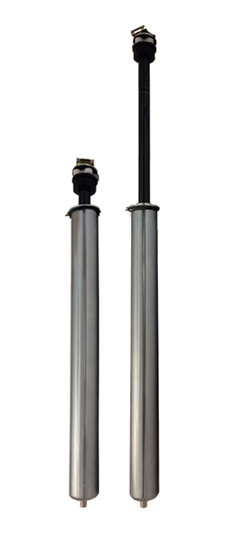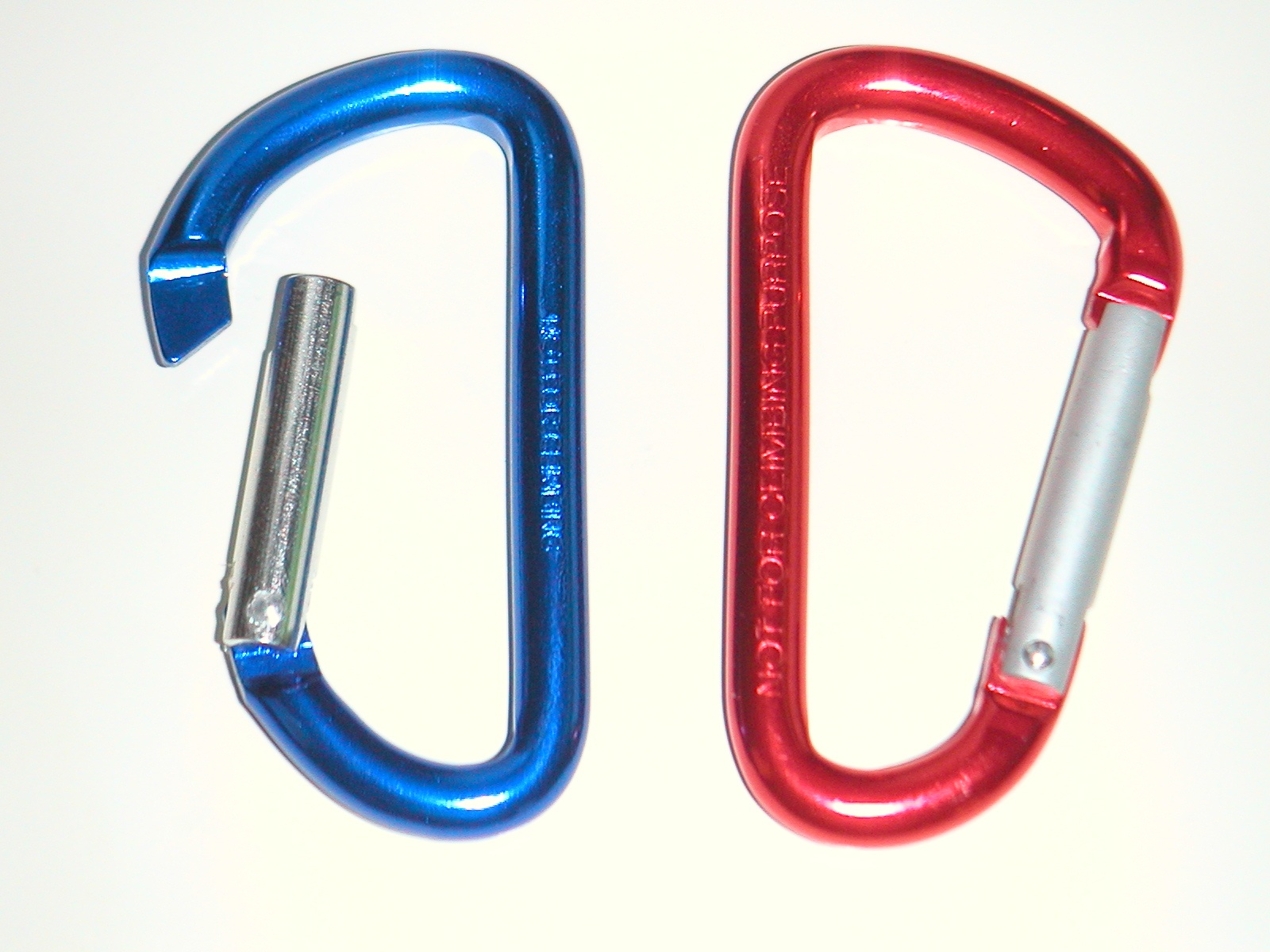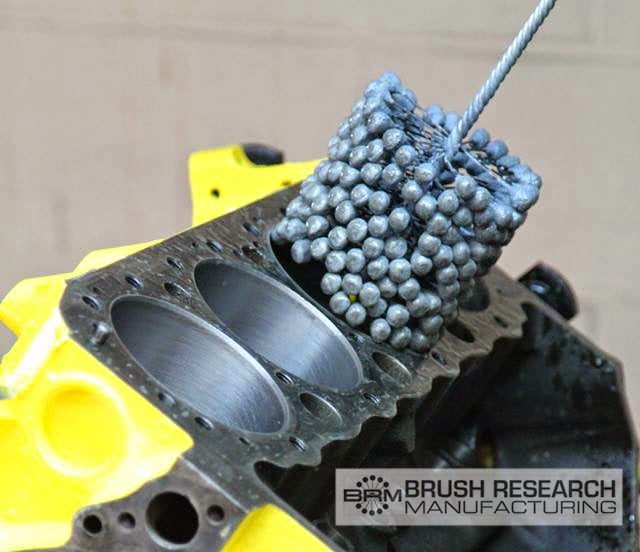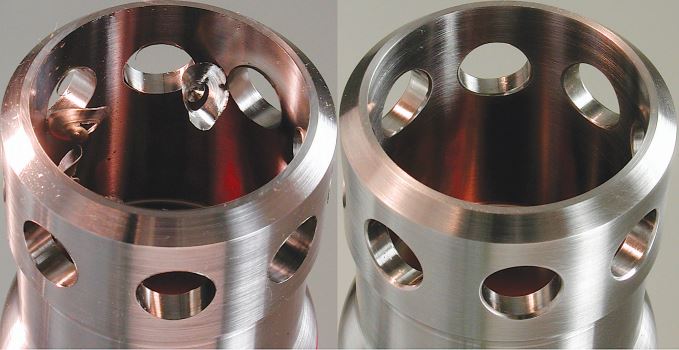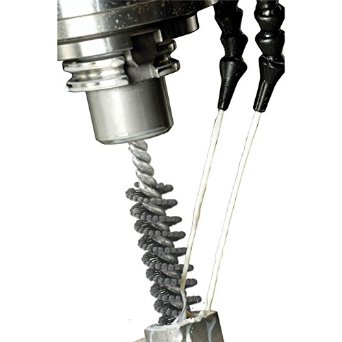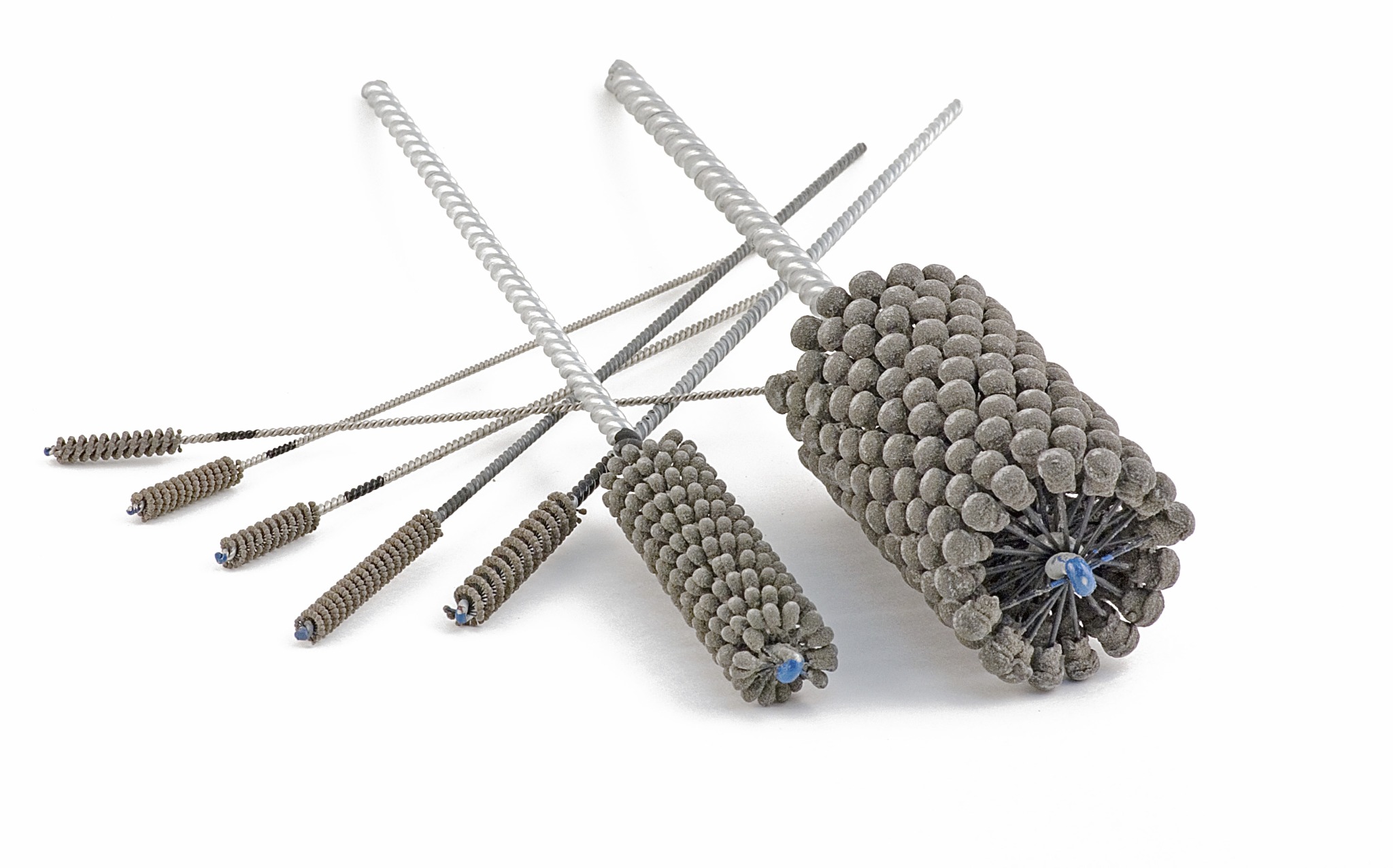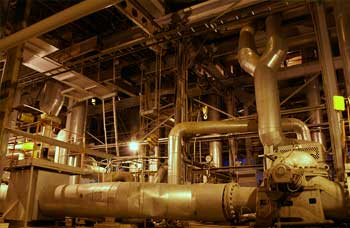Aerospace components such as helicopter rotor drive shafts need to meet demanding surface finish requirements. To reduce friction, a thin film of lubricant must be maintained between moving parts. If surface finishing fails to remove significant surface irregularities, this oil film may be penetrated. Sharp surface irregularities can also promote fatigue cracking.
Aerospace cylinders require a substantially smooth, burr-free surface finish, but not so smooth that lubrication can’t adequately adhere to cylinder walls. Ideally, these machined cylinders need a series of uniform peaks and oil-retaining valleys. Known as a plateau finish, this cylinder surface finish supports proper wear-in and expected service life.








